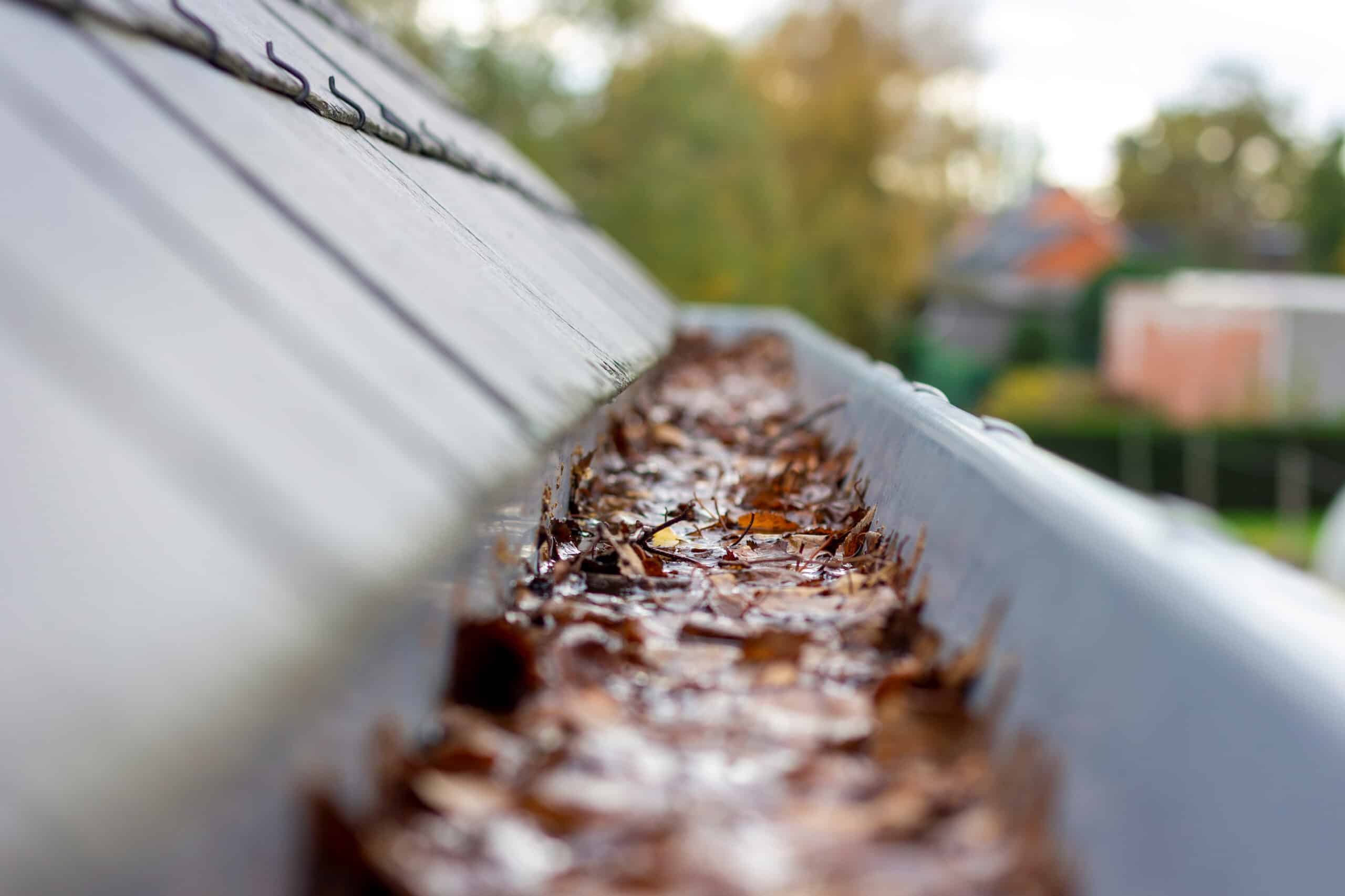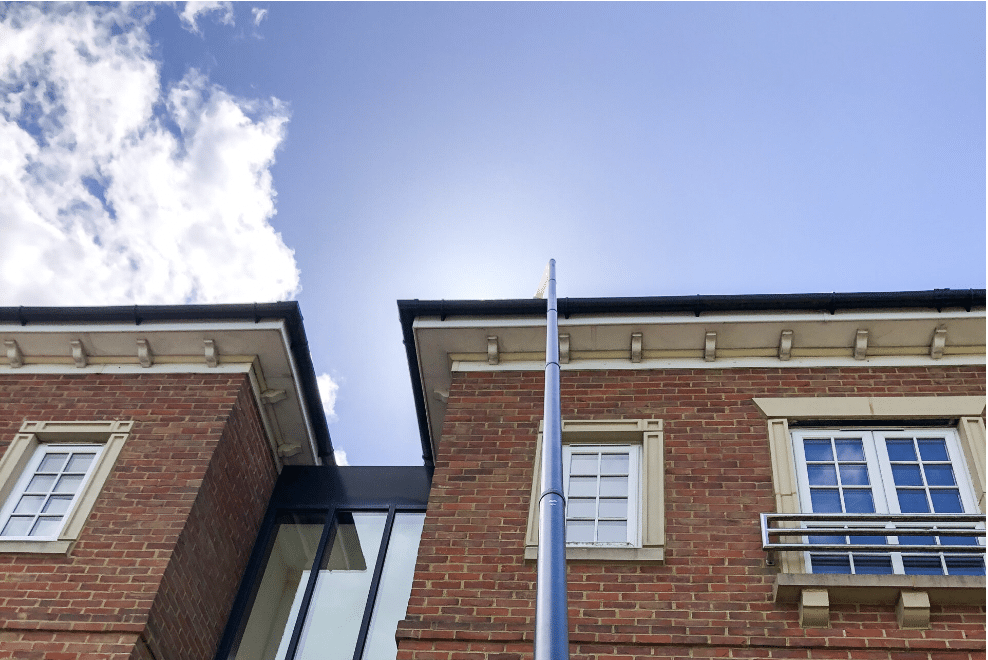

Blocked gutters are a common issue that homeowners often overlook, yet they can lead to significant internal flooding problems and unexpected flood insurance claims. When debris accumulates in gutters and obstructs proper water flow, rainwater can overflow and infiltrate the interior of your home. In this article, we will discuss the potential damages caused by internal flooding due to blocked gutters and provide valuable insights on prevention measures.
The Dangers of Internal Flooding:
Structural Damage: Internal flooding resulting from blocked gutters can cause severe structural damage to your home. Water can infiltrate the walls, foundation, and ceilings, leading to weakened structures, mould growth, and compromised integrity. Over time, this can result in costly repairs and even pose safety risks.
Mould and Mildew Growth: Excessive moisture caused by internal flooding promotes the growth of mould and mildew. Mould spores can spread quickly, leading to respiratory issues, allergic reactions, and other health problems. Prolonged exposure to mould can be particularly harmful to individuals with weakened immune systems or respiratory conditions.
Electrical Hazards: When water enters your home through internal flooding, it can come into contact with electrical systems and pose significant hazards. Water and electricity do not mix well, and exposed wires or electrical appliances submerged in water can lead to electrocution risks and fires.
Preventing Internal Flooding:
Regular Gutter Maintenance: One of the most effective ways to prevent internal flooding is to maintain clean and debris-free gutters. Regularly inspect and clean your gutters, especially during the fall when leaves and twigs are likely to accumulate. Consider installing gutter guards or screens to prevent debris from entering the gutters while still allowing water to flow freely.
Downspout and Drainage System: Ensure that your downspouts and drainage system are properly installed and functional. Direct downspouts away from the foundation of your home to prevent water from pooling near the walls. Consider installing extensions or splash blocks to guide water further away from the house.
Roof Inspection: Conduct periodic roof inspections to identify and address any issues that could contribute to blocked gutters, such as loose or damaged shingles. A well-maintained roof helps prevent debris from entering the gutters and allows for proper water flow.
Trim Overhanging Branches: Trim any overhanging branches near your roof and gutters. Falling leaves and branches can quickly accumulate in the gutters, leading to blockages and subsequent internal flooding. Regular trimming reduces the risk of debris buildup and helps maintain unobstructed water flow.
Professional Gutter Cleaning: If you are unable to clean your gutters yourself or prefer to have a professional handle the task, consider hiring a reputable gutter cleaning service. Professionals have the expertise and necessary equipment to thoroughly clean and inspect your gutters, ensuring optimal functionality and preventing internal flooding.
Internal flooding caused by blocked gutters can result in extensive damage and pose various risks to your home and health. By prioritizing regular gutter maintenance, ensuring proper downspout and drainage systems, conducting roof inspections, and trimming overhanging branches, you can significantly reduce the likelihood of internal flooding. Taking proactive measures to prevent blockages and maintain proper water flow will help safeguard your home, preserve its structural integrity, and protect your well-being.
